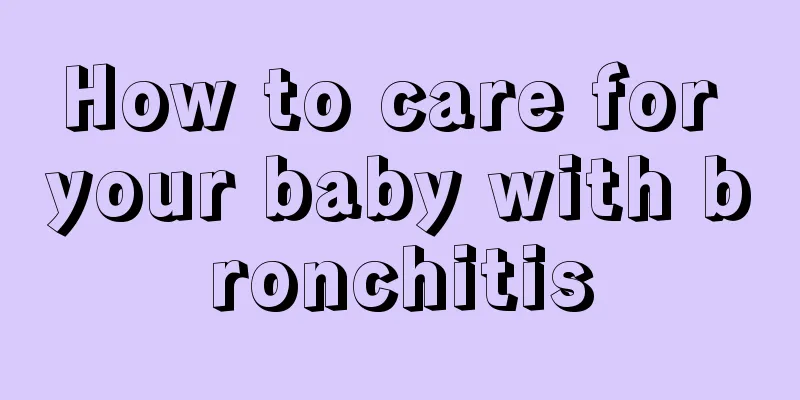What are the developmental standards for an eight-month-old baby?

|
It is said that babies grow and develop very quickly, and they can become little adults in the blink of an eye. This situation is very gratifying for many parents. Because seeing the baby's growth proves that the previous efforts have not been in vain, but some parents have found that their babies may not develop as fast as other children. So, what is the development standard for eight-month-old babies? boy Height (cm) 63.9-78.9 Average 71.2 Weight (kg) 6.46-12.60 Average 9.05 Head circumference (cm) 41.0-48.9 Average 44.8 girl Height (cm) 62.5-77.3 Average 69.6 Weight (kg) 6.13-11.80 Average 8.41 Head circumference (cm) 40.1-47.7 Average 43.6 Overview of Motor Development Sitting: The baby can sit up without support and sit very steadily. He can sit alone for several minutes and play at the same time. He can turn his upper body freely from side to side without falling down. Crawling: At the beginning, babies crawl in three stages. Some children crawl backwards, some spin in place, and some crawl forward. These are all part of the crawling process. Once the baby's limbs are well coordinated, he can stand up and crawl on his hands and knees, with his head and neck raised and his chest and abdomen off the bed. Rolling over: As his trunk muscles gradually strengthen, he will eventually learn how to roll over into a prone position and back to an upright position. Now he can turn over at will, and he will turn over if he is not careful, and can turn from prone to supine position, or from supine to prone position. So never leave your child alone at any time. Overview of hand and finger skills Pinching: Your baby can basically pinch things very accurately with his thumb, index finger and middle finger, and he will use this pinching skill on any small object. Hand-eye coordination: Hands and eyes can be coordinated and act together. No matter what he sees, he likes to reach out and grab it. He can put small objects in a large box and then pour it out, and put it in and pour it out repeatedly. In the process of manipulating objects, the ability to perceive things gradually improves. Transferring: transferring something from one hand to another. Whatever you have in your hand, shake it or bang it. Actively throwing things: He slaps the table with his hands, finds the sound novel and interesting, stretches out his fingers, and actively puts down or throws away the objects in his hands instead of passively letting go. Even if adults help him pick them up, he will throw them away again. |
<<: Why does a one-year-old girl have breast development?
>>: What medicine is used for bronchitis in children
Recommend
How to correct baby's pigeon feet
The symptom of babies' pigeon feet may be cau...
Three month old baby has white spots on face
If a three-month-old baby has white spots on his ...
What happens if my child suddenly has stomach pain?
Nowadays, many families have only one child, and ...
Newborns frequently feed at night
Newborns will also feed several times at night, b...
What should I do if my one-year-old baby suddenly doesn't like to eat?
It is a common situation for many parents that on...
What to do if your baby has a cold, fever and runny nose
Generally, newborn babies have strong resistance ...
How to educate children when they fight_How to educate children when they are bullied
When two or three children play together, fightin...
Is it okay for children to sleep on a hard bed?
A bed is a place where people rest. According to ...
Is patent ductus arteriosus normal in newborns?
Patent ductus arteriosus is a common congenital h...
What to do if your child is underweight?
Many children are often underweight, which makes ...
What is the method for children to remove scars?
It is actually very common to see scars on childr...
What are the hazards of formaldehyde to babies?
Formaldehyde itself is a harmful chemical substan...
What are the symptoms of interstitial pneumonia in children?
There are many classifications of pneumonia, incl...
What to do if your child has roundworms in his stomach
It is normal for children to have roundworms in t...
Introduction to protruding belly button of 2-month-old baby
We all know that the belly button is the scar lef...









